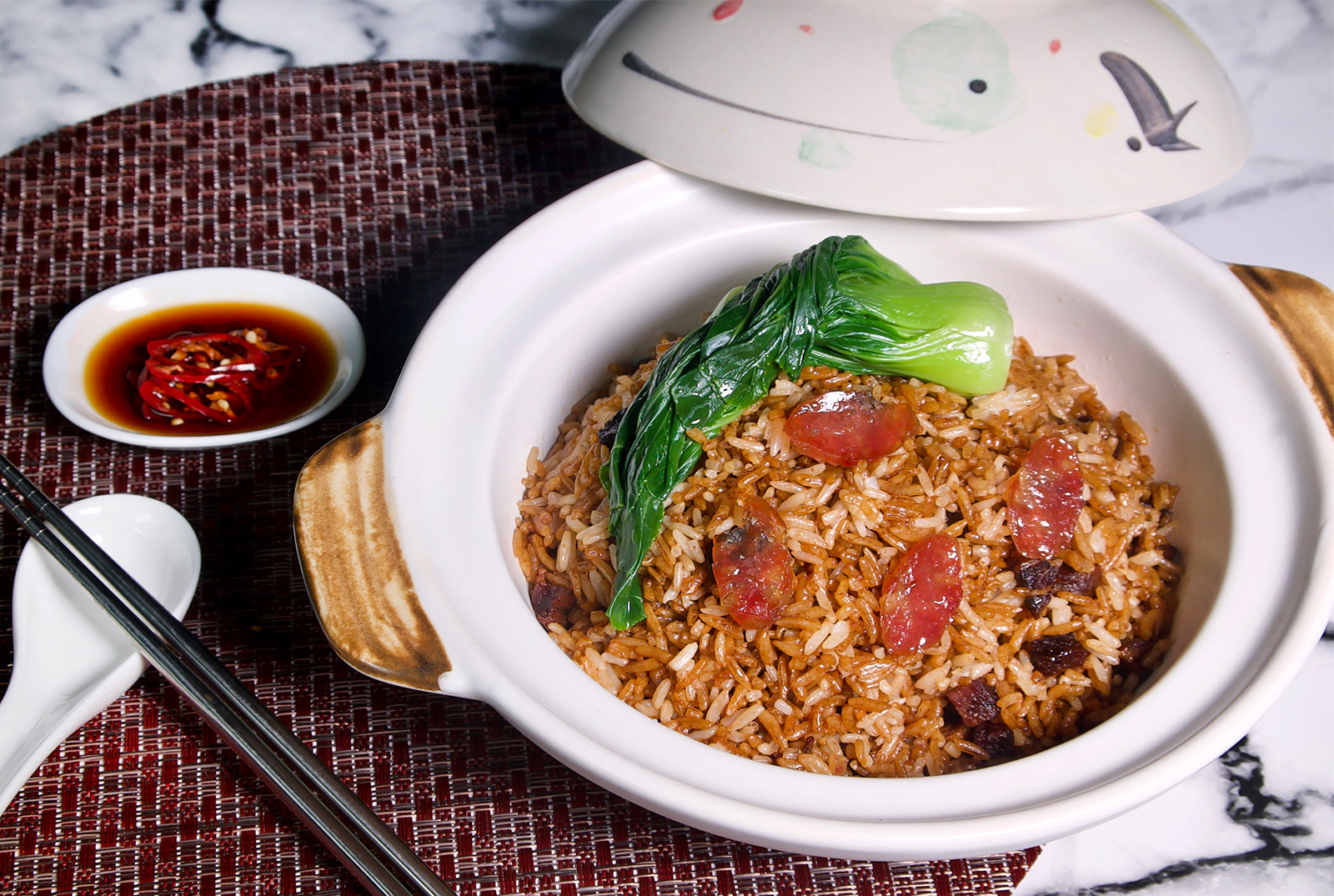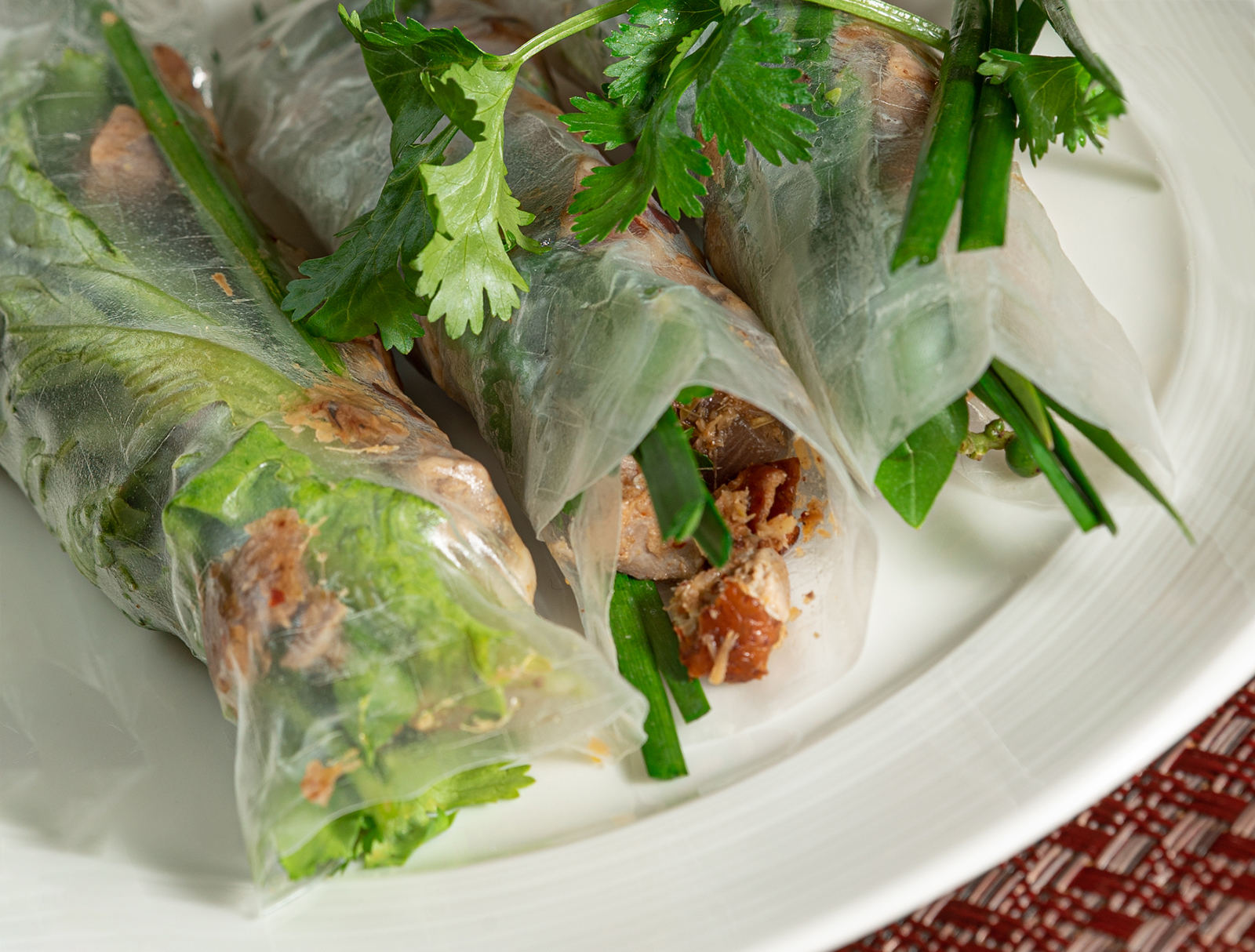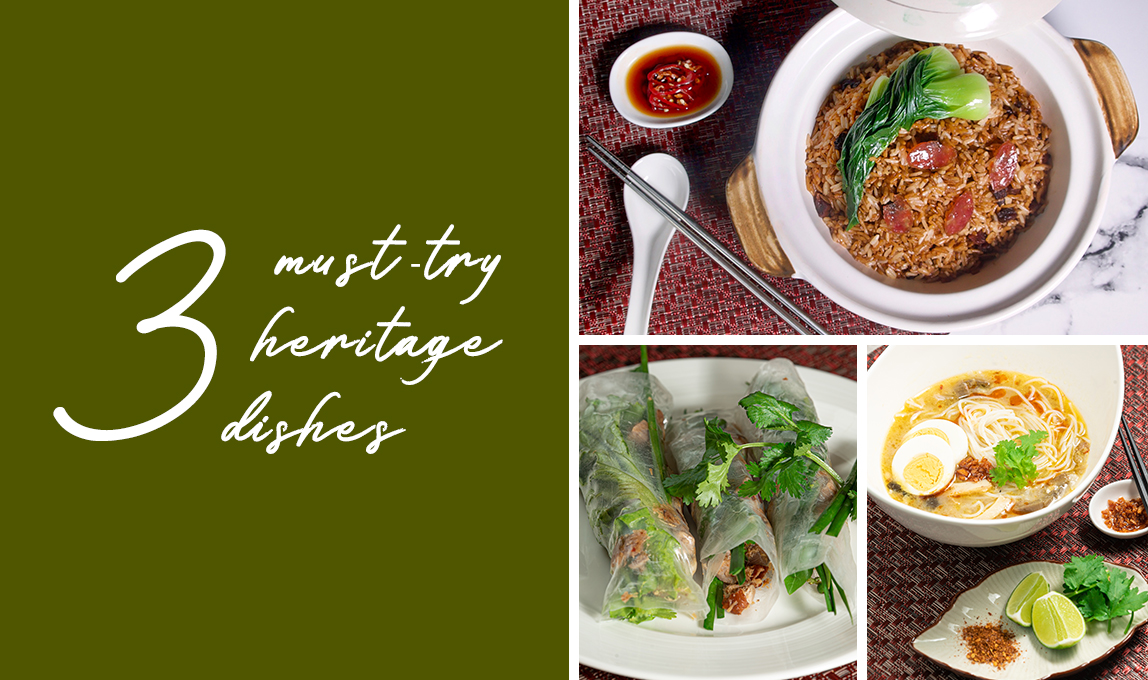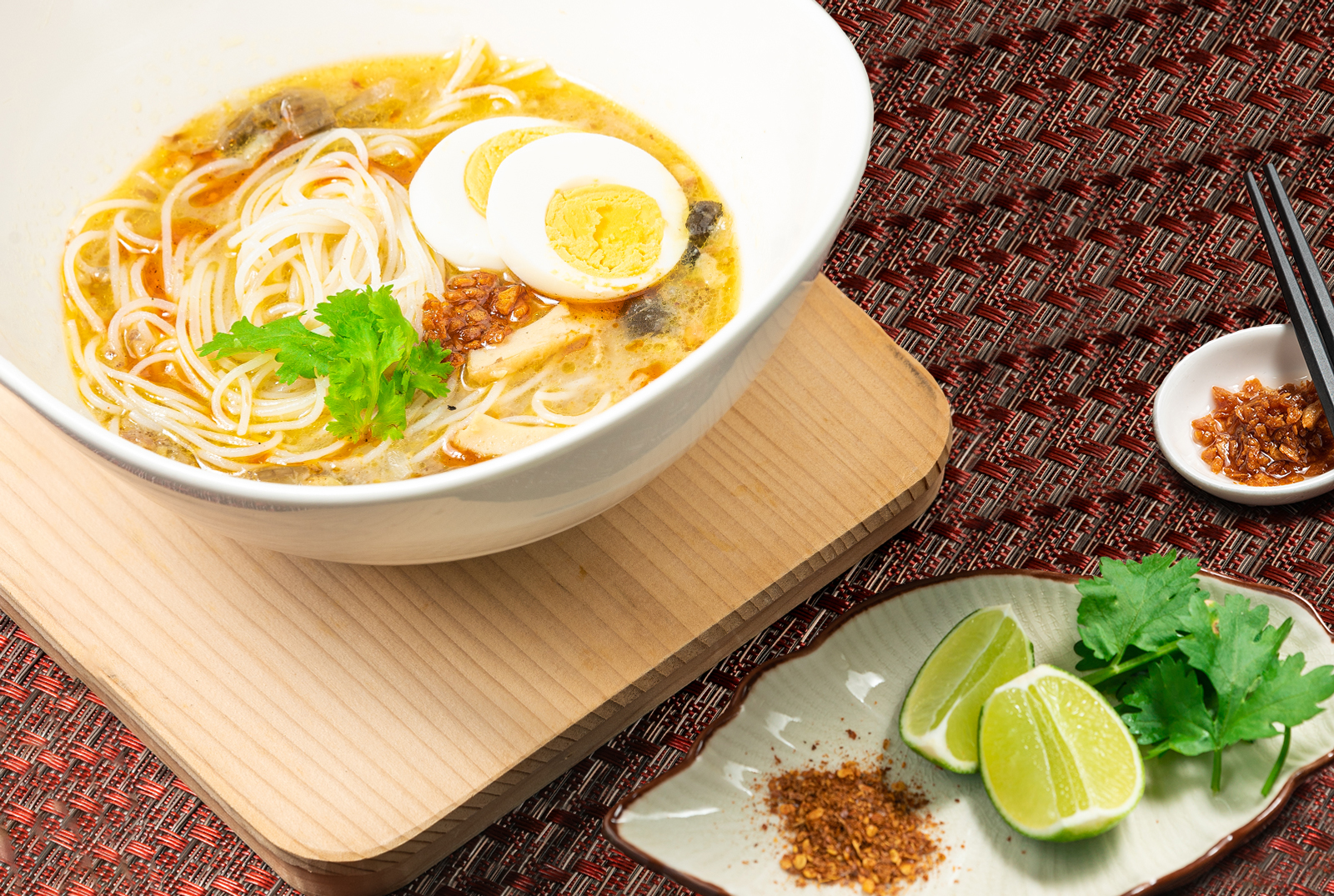“What’s your heritage?”
That is a question that would probably stump most of us. Caught up in our day-to-day, thinking deeply about our own heritage can be esoteric or something more profound for those with time to spare.
Heritage is about what we have inherited and what we would like to pass down to our children and community to keep something we value alive. When it comes to food, some dishes are passed down from generation to generation. At-Sunrice, we refer to these as Heritage Cuisine.
The Burmese Mohinga, for example, is considered by many to the national dish of Myanmar. Recipes, locked safely in the minds of mothers, are often passed down only to their children. Each family’s Mohinga is unique to them with every generation adding a different expression to the recipe or dish.
We want to think that inherited recipes are magical. When a young, modern man or woman cooks a dish from a recipe that’s been in the family for years, they invite into their lives the wisdom and flavours of previous generations to enrich their present lives.
Given that 2020 has been a topsy turvy year for most of us, we’d recommend our At-Sunrice family and friends to try the Cantonese Lap Mei Fan, Laotian Laab and Burmese Mohinga. All three dishes have been providing comfort to generations. What better way to Stay Calm and remember that “This, too, shall pass” than to enjoy hearty, heritage cuisine with friends and family!
CANTONESE LAP MEI FAN

With traditional Chinese preserved meats and rice cooked in a clay pot, Lap Mei Fan is a common dish that can be found on dinner tables, especially during Chinese New Year. ‘Lap Mei’ means ‘Waxed Meat’. The literal translation of ‘Lap Mei Fan’ is ‘Waxed Meats Rice’.
In the old days, there were no fridges: waxing, a curing process, preserved meats. During cold winters, Lap Mei Fan – waxed meats with rice – kept bellies filled and put smiles on faces of the young and old alike. Till today, most Cantonese relish this dish for its smoky flavour and crunchy burnt rice bits.
Preserved meats commonly found in this dish include pork belly, pork sausages and duck sausages. The meats are chosen, as well as the seasoning, are often adapted to suit each family’s unique flavour and taste profiles.
LAOTIAN LAAB

In Laos, the Laab is the unofficial national dish of Laos. Laab is also popular in the Northern parts of Thailand and can often be found in Thai restaurants worldwide.
The Laab is a meat salad that is seasoned with fresh herbs. The meat in Laab is minced and may be served raw or cooked. Mint, lime juice, fish sauce, and chilli peppers are common ingredients used to season the salad.
Just like Lap Mei Fan, there are different variations of the Laab recipe. It can be made with different meats — chicken, beef, fish, duck or even buffalo. There are also vegetarian variations of Laab.
BURMESE MOHINGA
Mohinga, a rice noodle and fish soup dish from Myanmar, is also regarded by many as the national dish of the country. Eaten usually at breakfast, it is known for its delicate balance between a salty yet fresh taste.
Mohinga is no exception to heritage cuisine — everyone has their own take, and certain regions are known for their variations. The Rakhine state boasts a spicier and thicker broth, while in Yangon the broth has an earthier flavour due to the use of freshwater fish.
The Burmese dish is one of our favourites At-Sunrice. We served it at the Café at Fort Canning Par. Till today, whenever we feel a need to come together, it’s over a pot of Mohinga.
CREATE YOUR OWN HERITAGE GOURMET CUISINE
BY AT-SUNRICE GLOBALCHEF ACADEMY
In 2-4 weeks, we will be taking pre-orders. Each order will arrive at your home with instructions on how to put together the dishes featured in this article. Tweak the dish to your family’s taste. Your family’s unique take on the dish may be worthy of passing down to the next generation!


This site uses Akismet to reduce spam. Learn how your comment data is processed.